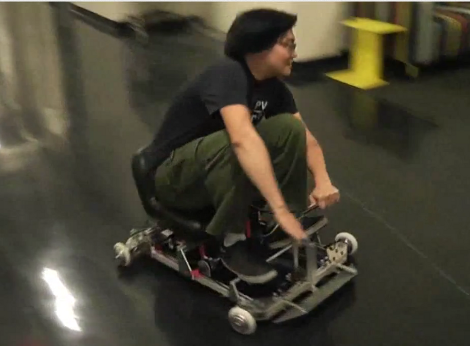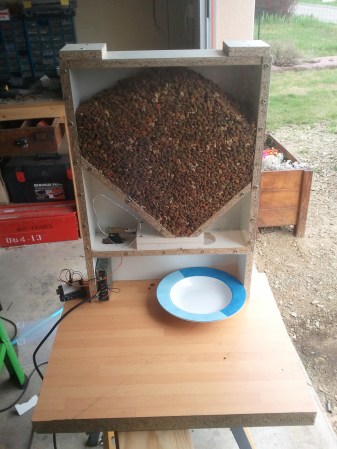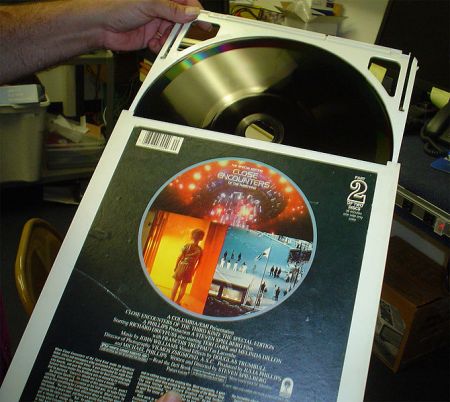
There are awesome projects, and then there are things that make us drool on the keyboard. We just got done wiping up our mess after seeing this go-kart which uses four hub-motors as direct drive wheels. We’ll admit, this is more artwork than a hack as these guys are mechanical engineers and know what they’re doing. But how could we pass up sharing something like this?
The design is smaller than any of the other go-karts we remember seeing. The low-backed pilot seat is the biggest part, with a cubby-hole beneath it for the batteries and control hardware. Each of the hub-motors was hand wound and reading through the related blog posts it seems this was a huge and painful part of the build.
So it’s pretty fun to watch these guys tear up the hallways of one of the engineering buildings at MIT. But the footage of a two-kart race up a spiraling parking garage in the middle of the night is absolutely delightful. You’ll find both videos embedded after the break.
Continue reading “Drop Everything And Build This Go-kart Right Now!”















